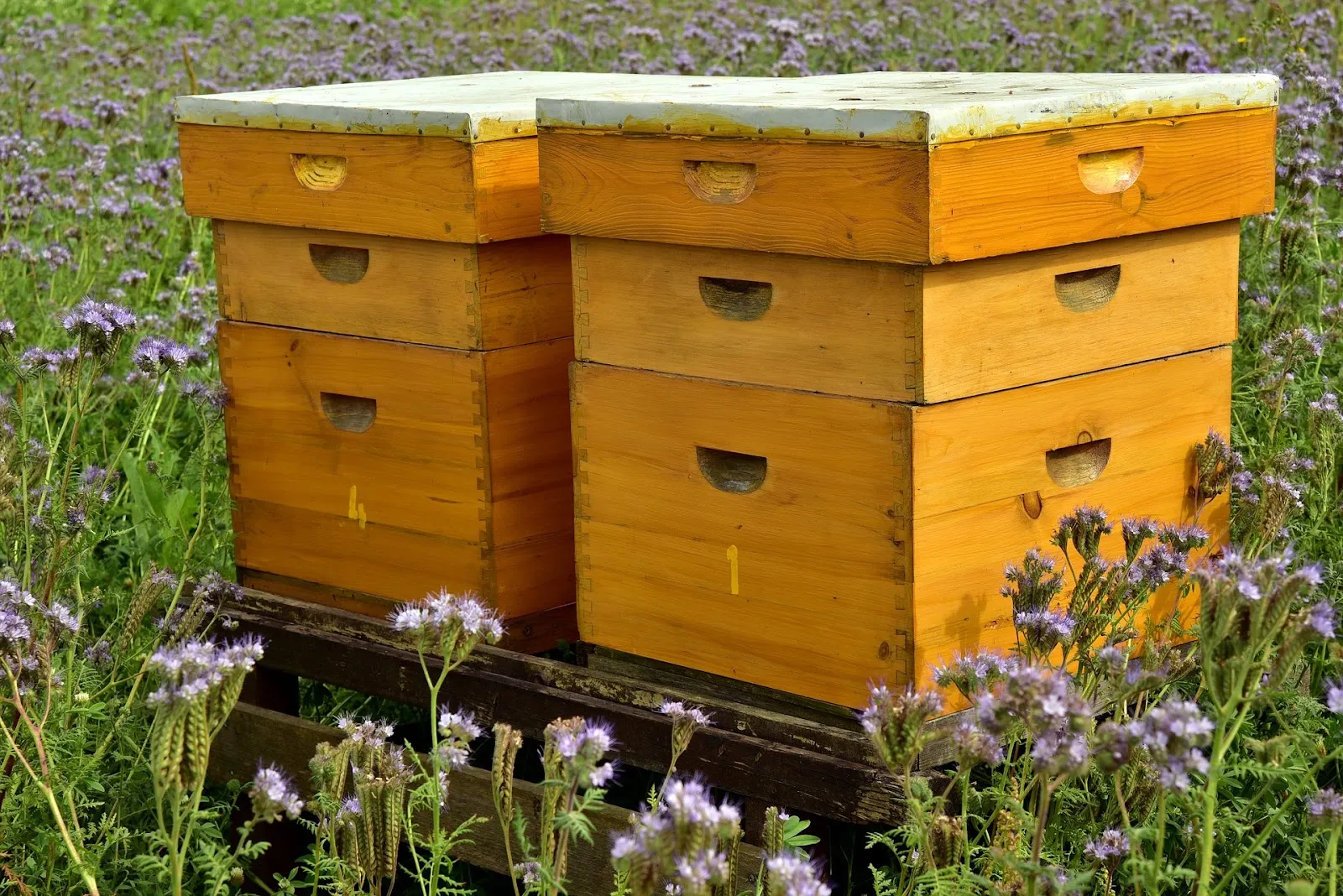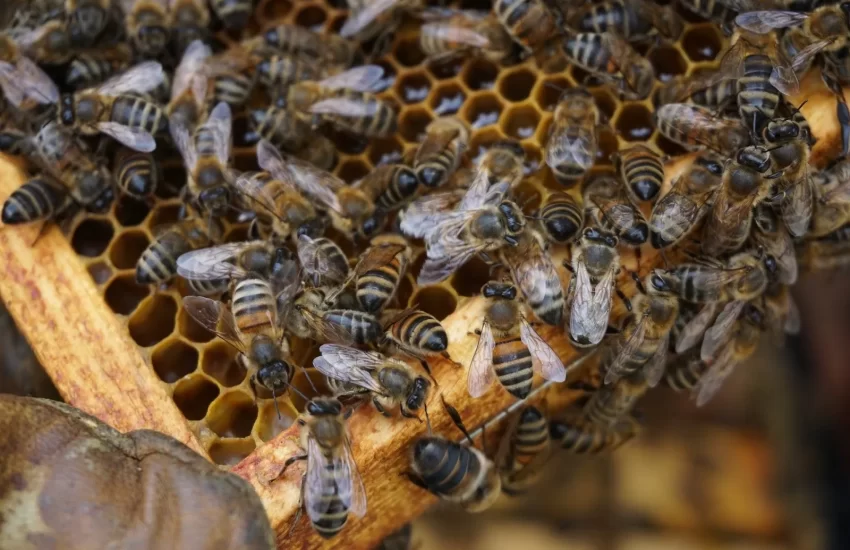Why should l use wax on my wooden beehives?
Most beehives are made of wood. Some of the trees used include cypris, cedar, larch, and pine. Wood requires finishing to protect it from the elements and prolong its life. Beekeepers seek to finish their beehives with bee-safe products. Some use paint which is a viable option but can be risky to the bees and require off-gassing. It should be limited to the hive exterior. The use of varnishes is another option but requires more maintenance. It can also make the boxes slick and challenging to handle.
Similar Articles you may like to read –
How Do Bees Make Wax?
Easy Way of Rendering Beeswax
How do you keep moisture out of a beehive in the winter?
What is the lifespan of a beehive? How long does a beehive last?
Why should l use wax on my wooden beehives?
Waxing is one best methods available for waterproofing your hive. Some beekeepers use a combination of beeswax and linseed oil to form an excellent protective barrier.
Offers More protection for Your Hive and Bees
The wax coating withstands the elements(rain, sun, and snow) and preserves the wood from rotting or decay. A rotting hive can be detrimental, especially in the rainy and cold seasons. The wax coating also protects the bees from diseases.
Improves the Appearance
Wax coating gives a beehive a beautiful, golden sheen making it very attractive. It also gives it a sweet, pleasant smell that the beekeeper and the bees enjoy.
Reduces the Chemicals
Using wax to coat your beehive is a natural and chemical-free method. Paint and varnish are manufactured products and may expose bees to strong chemicals which can harm them.
Why do beekeepers prefer wax dipping their hives?
Wax dipping entails submerging the hive parts in hot molten wax. A combination of paraffin wax and microcrystalline derived from crude oil is used. These ingredients are colorless and odorless. The hive parts are immersed for about 15 minutes, which allows the beehive parts to get heated.
The hot wax seeps into every part of the wood and replaces any moisture in the timber, making the hives highly durable. You can also consider buying hives that are already wax dipped if you don’t want to do this from scratch. Molten wax also penetrates repaired sections, joints, and other hard-to-reach surfaces. The hot wax sterilized the timber and even kills the spores of American foulbrood, moulds, mildew, bacteria, and viruses. You don’t require time to off-gass the hive parts. They can be used right away.
What happens if you don’t waterproof your hive?
Moisture penetrates non-proofed hives and creates a conducive environment for all kinds of harmful organisms. The dampness allows the fungi to grow and diseases to thrive. When the wood decays, the bees can be exposed to rain and cold, which can kill them or make them abscond the hive. Even if you live in dry, warm climates, protecting your hive from the elements is best.
More articles you may like to read –
Should you paint the inside of bee boxes?
What is the best color for bee boxes?
How many bee colonies should I start with?
How deep should a bee box be?
What are the risks involved in wax dipping hives?
The process may be costly at the beginning, but it pays off with time. There are also risks of fire and burns. The wax is heated to 135-165 degrees centigrade and emits vapor in its liquid state. This is hot enough to cause substantial 2nd-degree burns. It is good to take all the necessary precautions before undertaking the process. It is recommended to do it in an open, well-ventilated area, wear protective gear, and have a fire extinguisher nearby.




